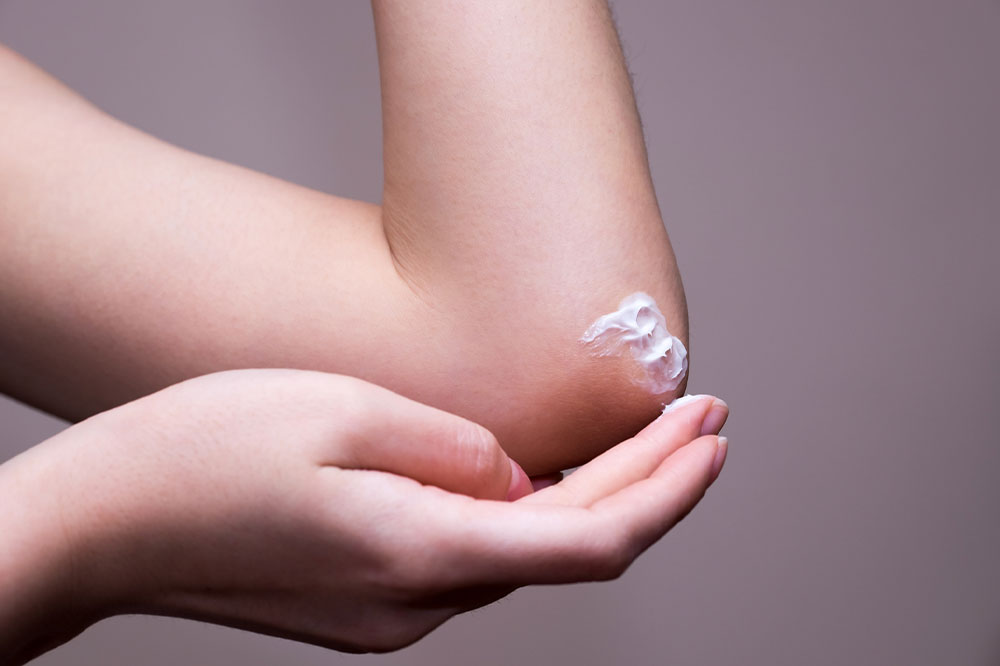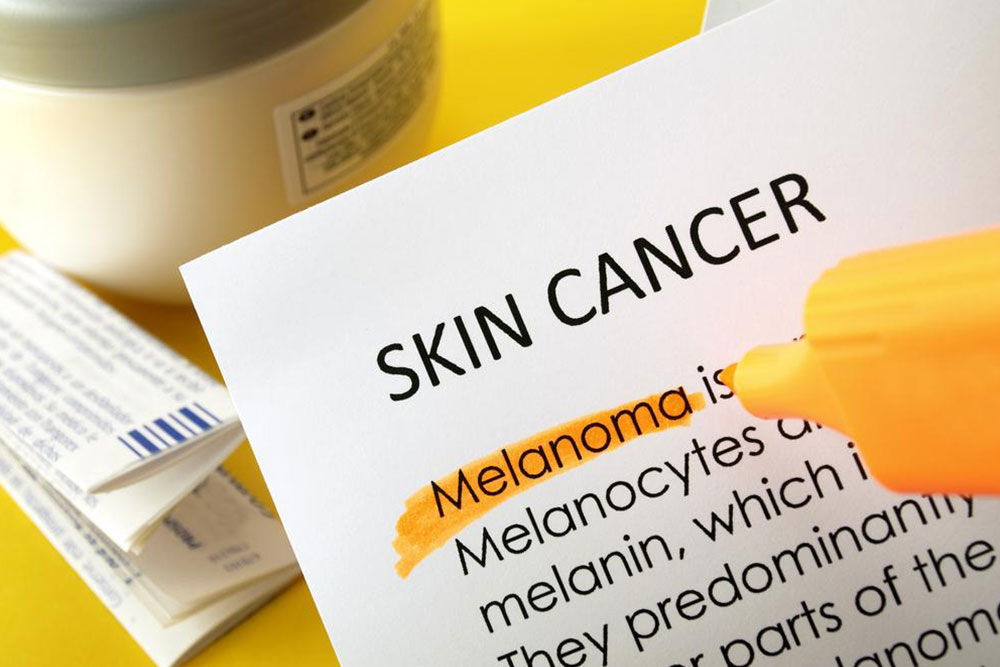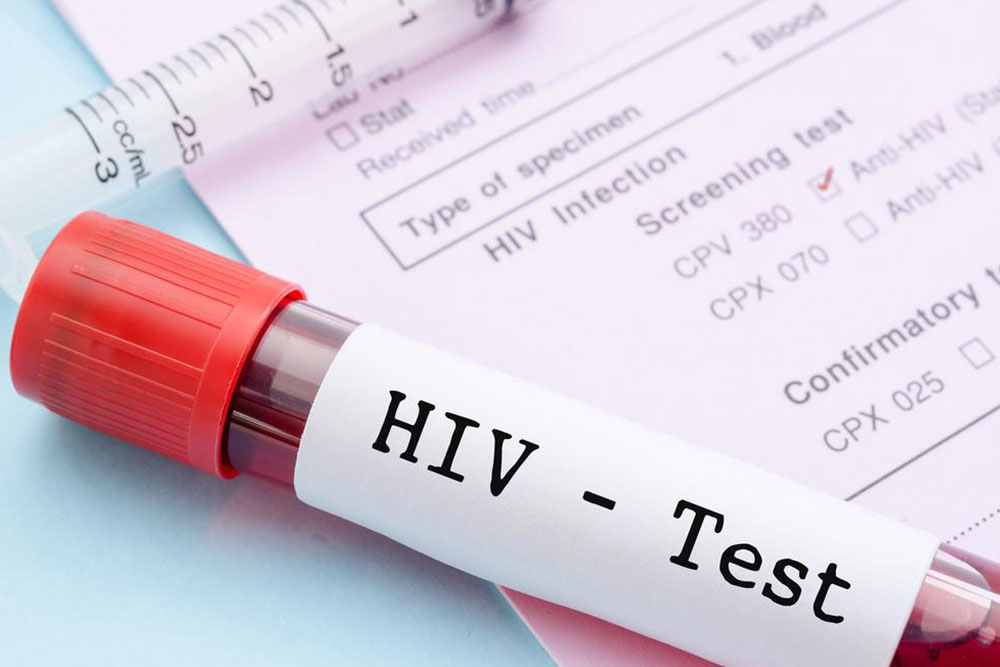Understanding Ringworm: Causes, Transmission, and Prevention
This article provides comprehensive information on ringworm, including its causes, transmission methods, symptoms, diagnosis procedures, treatment options, and preventive strategies. It emphasizes the importance of hygiene and early medical consultation to effectively manage and prevent the fungal infection across all age groups.

Ringworm is a common fungal skin infection characterized by circular rashes that often appear on various parts of the body. It spreads through contact with contaminated surfaces, clothing, bedding, and infected animals. Although children are more susceptible, all age groups can develop ringworm. The fungi responsible thrive on dead skin, nails, and hair. Transmission occurs via direct skin contact, touch with infected objects, or contact with infected animals or soil. Risk factors include poor hygiene, tight clothing, a weakened immune system, and participation in contact sports. Symptoms include itchy, scaly, ring-shaped patches that expand over time. Diagnosis involves skin examination and lab tests. Treatment varies from OTC antifungal creams to prescription oral medications for scalp infections. Preventive measures include maintaining good hygiene, avoiding sharing personal items, keeping skin dry, and wearing protective footwear in public areas. Consulting a healthcare professional is advised before using steroid creams, as misapplication can worsen the condition. Proper hygiene and awareness can effectively minimize the risk of infection.










